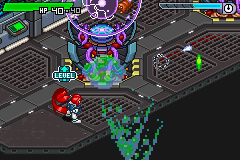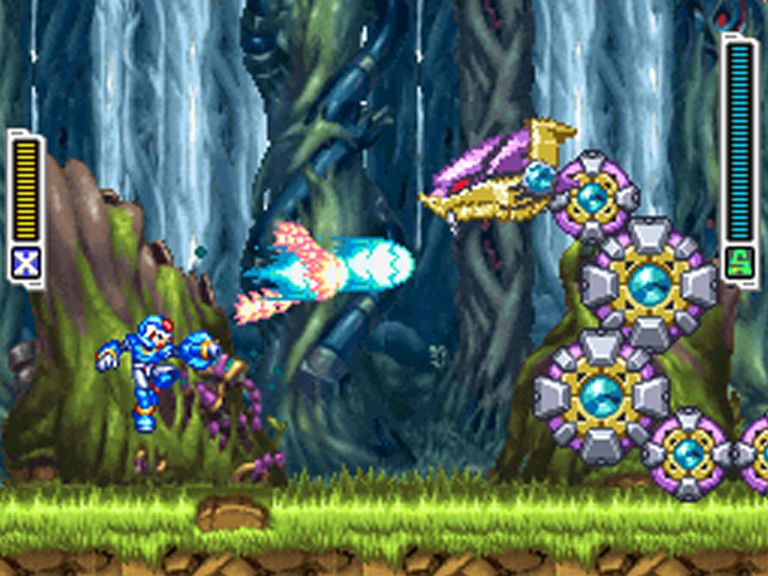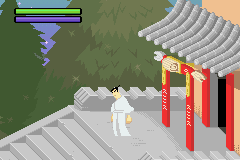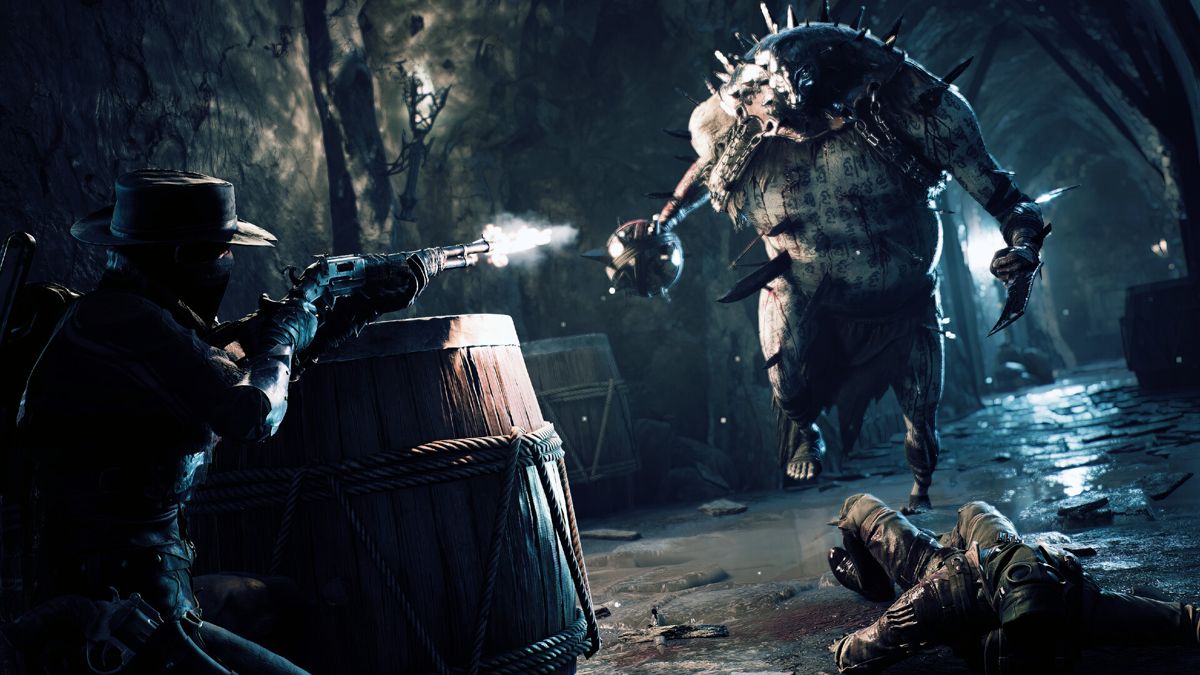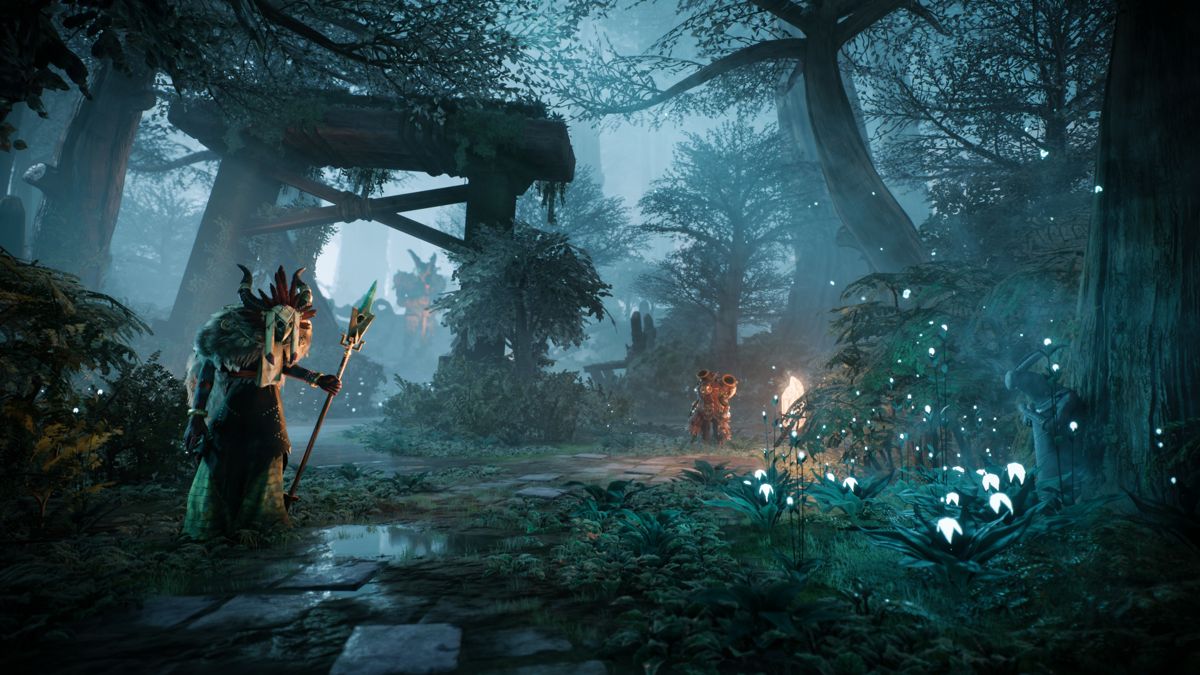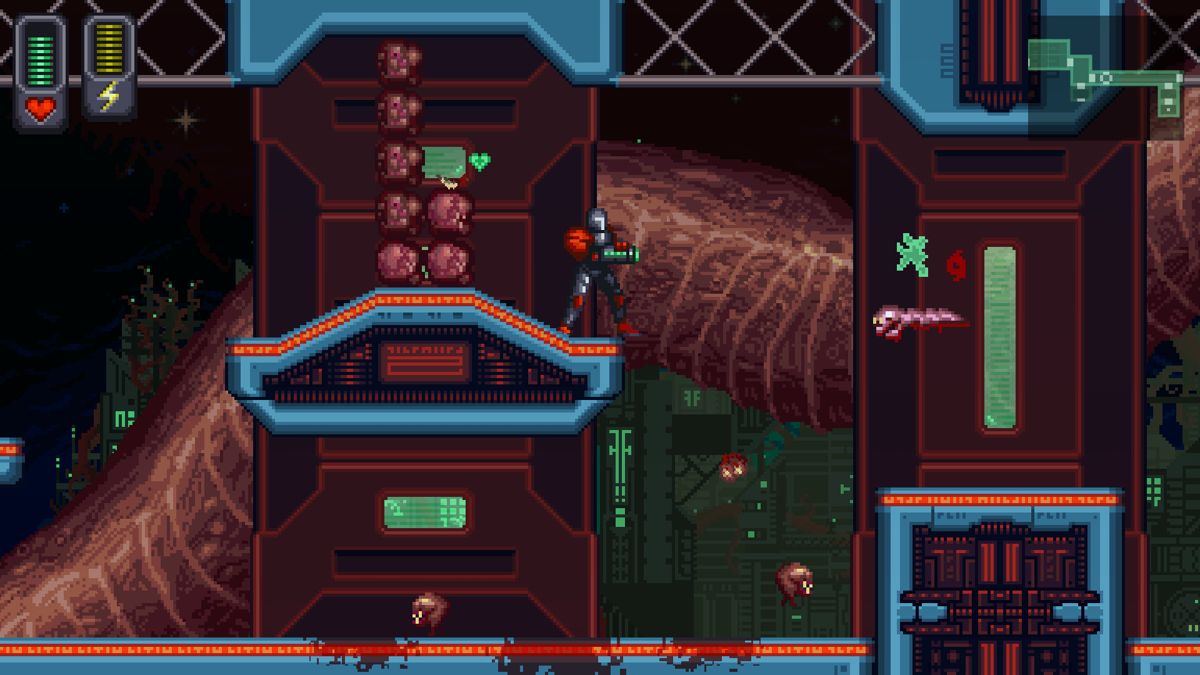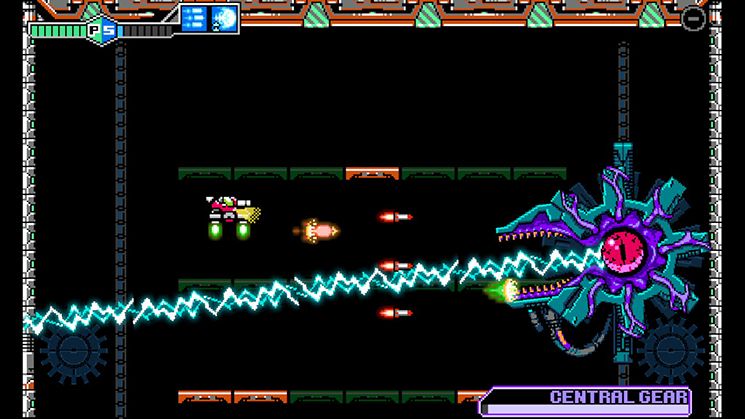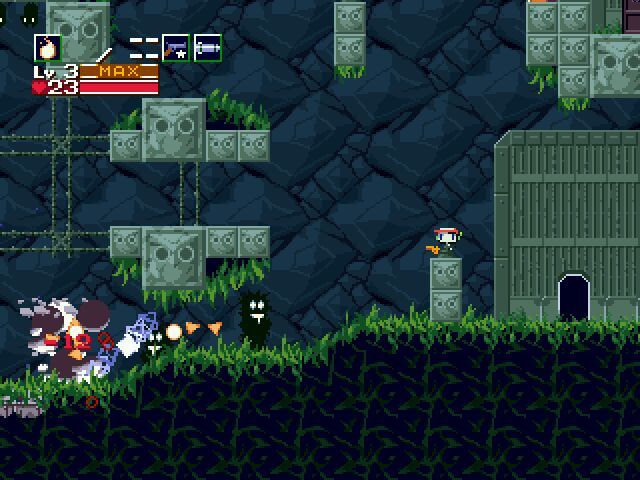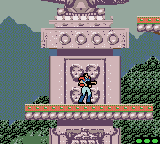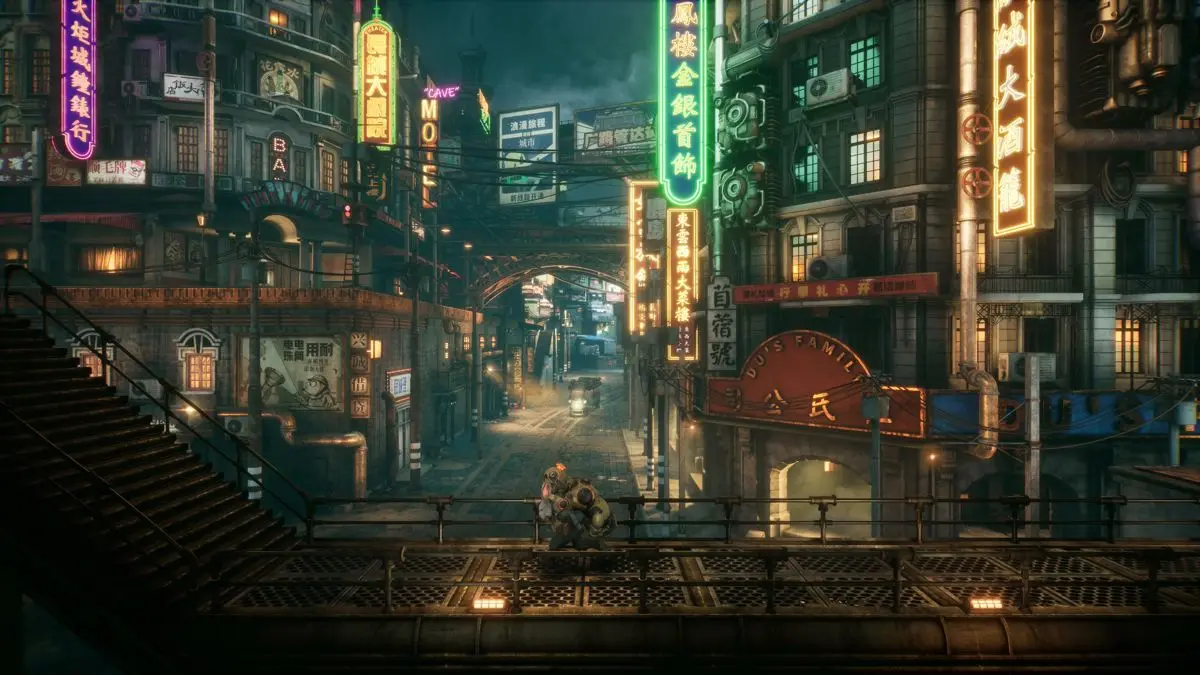Results
Scurge: Hive
sci-fi, challenging, varied biomes
Scurge: Hive, released in 2006, is a third-person shooter game developed by Tragical and published by Kheops Studio. While it shares some standard elements with other games in the action-horror genre, Scurge: Hive sets itself apart with its distinct atmosphere and gameplay mechanics. The game takes place in a dystopian, post-apocalyptic world overrun by a mysterious alien infestation known as the "Hive." The player assumes the role of a mercenary tasked with navigating through this hostile environment, battling against hordes of grotesque, mutated creatures. One of the standout features of Scurge: Hive is its emphasis on ammo and resource management. Ammunition is scarce, forcing players to carefully plan their attacks and prioritize headshots for maximum efficiency. Additionally, the game introduces a unique "nano-forge" system, which allows players to craft and upgrade their weapons using materials scavenged from the environment. The game's level design is noteworthy, with intricate and interconnected environments that encourage exploration and backtracking. Players must navigate through claustrophobic corridors, dilapidated buildings, and underground tunnels, all while fending off relentless enemy attacks from multiple angles. Scurge: Hive's combat mechanics are intense and unforgiving. Enemies exhibit intelligent behavior, often flanking or overwhelming the player with sheer numbers. The game also features a dynamic damage system, where different body parts can be targeted and dismembered, adding a brutal layer of realism to the combat. While the game's graphics may have aged, the atmospheric design and sound design still hold up remarkably well. The eerie, industrial soundscape and unsettling ambient noises contribute to the game's overall sense of dread and tension. Despite its niche status, Scurge: Hive has garnered a dedicated cult following among fans of the action-horror genre, particularly those who appreciate its challenging gameplay, resource management elements, and uncompromising difficulty.
Mega Man ZX
sci-fi, pixel art, challenging
Mega Man ZX, released in 2006 for the Nintendo DS, is a departure from the traditional Mega Man formula while still retaining the core gameplay elements that fans of the series have come to love. Set in a post-apocalyptic world, the game introduces a new protagonist named Vent (or Aile in the case of the female counterpart) who possesses the ability to merge with Cyber-Elves and Biometals, granting them unique abilities and transformations. One of the standout features of Mega Man ZX is its mission-based structure, which allows players to tackle levels in a non-linear fashion, adding a degree of freedom and replayability. The game also incorporates elements of exploration and backtracking, encouraging players to revisit previous areas with newly acquired abilities to uncover hidden secrets and pathways. The game's combat system is robust, with the ability to switch between different Biometal forms mid-battle, each with its own unique set of abilities and weapons. This adds depth to the combat mechanics and encourages players to strategize and adapt their playstyle to different enemy encounters. Mega Man ZX also features a robust online multiplayer component, allowing players to engage in cooperative and competitive modes, adding longevity to the game's overall experience. The game's visual style is a departure from the traditional 8-bit and 16-bit aesthetics of previous Mega Man games, opting for a more modern and detailed 3D cel-shaded look, while still retaining the iconic character designs and enemy sprites that fans have come to recognize. Overall, Mega Man ZX successfully blends classic Mega Man gameplay with fresh mechanics and an engaging narrative, offering a refreshing take on the long-running franchise while still staying true to its roots.
Samurai Jack: The Amulet of Time
fantasy, pixel art, post-apocalyptic
Samurai Jack: The Amulet of Time for the Game Boy Advance was a side-scrolling action-adventure platformer based on the acclaimed Cartoon Network animated series. While adhering to the show's distinct visual style and overall aesthetic, the game offered a unique storyline that served as an extension of the series' narrative. One of the standout features was the game's implementation of time travel mechanics. Players could manipulate the flow of time, allowing Jack to traverse between different eras, each with its own distinct environmental hazards and enemy types. This added a layer of complexity to the gameplay, as players had to adapt their strategies and combat techniques to suit the specific time period. The combat system was relatively straightforward but offered a satisfying level of depth. Jack could perform various combos and special attacks, drawing inspiration from his signature sword-fighting style in the show. Additionally, the game incorporated light puzzle-solving elements, often requiring players to manipulate objects or interact with the environment in specific ways to progress. While the game followed a linear progression, it featured multiple paths and secrets that encouraged exploration. Uncovering these hidden areas and collectibles not only rewarded players with power-ups and upgrades but also provided additional insights into the game's lore and backstory. Notably, the game's soundtrack was a highlight, capturing the essence of the show's iconic music and adding to the overall immersive experience. The sound design and voice acting were also commendable, with the original voice cast reprising their roles, further enhancing the game's authenticity. Overall, Samurai Jack: The Amulet of Time was a faithful adaptation that successfully translated the beloved animated series into an engaging and challenging handheld gaming experience, catering to both fans of the show and action-platformer enthusiasts alike.
Remnant II
shooter, challenging, varied biomes
Remnant II is an action-packed third-person shooter with strong RPG elements, developed by Gunfire Games and published by Perfect World Entertainment. Released in July 2023, it's the sequel to the 2019 game Remnant: From the Ashes. As a fan of the genre, you'll appreciate that Remnant II builds upon its predecessor's foundation, offering a more refined and expanded experience. The game retains its core loop of intense combat, procedurally generated worlds, and challenging boss battles, while introducing several new features: 1. Expanded Archetype system: Players can now choose from multiple archetypes (classes) and even combine them for more diverse builds and playstyles. 2. Enhanced multiplayer: The game supports up to 3-player co-op, with improved scaling and balance for group play. 3. More varied environments: The game features new realms to explore, each with distinct aesthetics and enemies. 4. Improved crafting and progression systems: Players have more options for customizing their gear and abilities. 5. Dynamic events and quests: The game introduces more varied and unpredictable encounters throughout its procedurally generated levels. 6. Increased replayability: With multiple endings, secrets, and build options, the game encourages multiple playthroughs. The game maintains its Souls-like difficulty and the fusion of gun combat with melee and dodging mechanics. As someone familiar with the genre, you'll likely appreciate the enhanced depth in character customization and the expanded lore of the Remnant universe.
Remnant: From the Ashes
shooter, sci-fi, challenging
Remnant: From the Ashes is a third-person survival action shooter developed by Gunfire Games and published by Perfect World Entertainment. Released in 2019, it combines elements of soulslike games with roguelike procedural generation and cooperative multiplayer. As a seasoned player of the genre, you'll recognize the challenging combat and dodge-roll mechanics reminiscent of Dark Souls, but with a focus on ranged combat. The game features procedurally generated levels and enemy encounters, ensuring a unique experience with each playthrough. Key features include: 1. Dynamically generated worlds with randomized quests, enemies, and loot 2. Cooperative multiplayer for up to three players 3. A diverse array of weapons and gear to customize your playstyle 4. Boss fights that require strategy and skill to overcome 5. A post-apocalyptic setting with multiple realms to explore The game's narrative revolves around humanity's struggle against an interdimensional evil called the Root. Players take on the role of a customizable survivor tasked with traveling through portal-like World Stones to various realms, battling enemies and gathering resources to upgrade their equipment. Remnant: From the Ashes stands out in the genre by combining the challenging combat of soulslikes with the replayability of roguelikes and the satisfaction of loot-based progression systems. Its emphasis on ranged combat and cooperative play offers a fresh take on the formula established by games like Dark Souls and Bloodborne.
A Robot Named Fight
sci-fi, pixel art, challenging
A Robot Named Fight is a captivating metroidvania-style action platformer developed by Matt Bitner and published by Hitcents in 2017. While it adheres to the core principles of the genre, the game distinguishes itself through its unique narrative approach and intricate level design. The game's narrative is presented in a nonlinear fashion, with the player uncovering the story's intricacies through environmental storytelling and fragmented dialogue. The protagonist, a robot designated as a maintenance unit, finds itself caught in a complex web of events that challenge its programmed directives and self-awareness. A Robot Named Fight excels in its level design, offering interconnected environments that encourage exploration and backtracking. Each area is meticulously crafted with hidden secrets, challenging platforming sequences, and intricate puzzles that test the player's problem-solving abilities. The game's combat system, while not overly complex, is satisfying and requires strategic use of the protagonist's abilities and resources. One of the game's standout features is its atmospheric presentation. The pixel art visuals are striking, with each environment exuding a distinct personality and mood. The game's soundtrack, composed by Ryan Roth, enhances the immersive experience, seamlessly blending with the game's tone and themes. A Robot Named Fight also boasts a high degree of replayability, with multiple endings and collectibles that encourage multiple playthroughs. Additionally, the game offers various difficulty settings, catering to both casual and hardcore players alike. Overall, A Robot Named Fight is a meticulously crafted metroidvania that stands out for its narrative depth, environmental storytelling, and intricate level design. While it may not revolutionize the genre, it offers a captivating experience for fans of the metroidvania style, blending satisfying gameplay with thought-provoking themes and atmospheric presentation.
Blaster Master Zero
shooter, sci-fi, pixel art
Blaster Master Zero is a modern reimagining of the classic NES game Blaster Master, developed by Inti Creates and published by Interspersed in 2017. While retaining the core gameplay mechanics that made the original a cult classic, Blaster Master Zero introduces several enhancements and new elements that bring a fresh perspective to the exploration-based action-platformer genre. One of the standout features is the revamped level design, which offers a more non-linear and interconnected world. Levels are designed with multiple paths and secret areas that reward exploration, encouraging players to backtrack and revisit previously inaccessible areas as they unlock new abilities and upgrades for their protagonist and vehicle. The game features a vibrant and detailed 8-bit inspired pixel art style, paying homage to the retro aesthetic while incorporating modern visual effects and animations. The audio design also captures the nostalgic charm of classic chiptune soundtracks, with a catchy and memorable score composed by Inti Creates' in-house musicians. Blaster Master Zero introduces a more robust upgrade system for both the playable character and their vehicle, the Sophia III. Players can find and equip various power-ups and weapons, each with unique properties and advantages, allowing for customization and different playstyles. Additionally, the game features a variety of challenging boss encounters that often require strategic use of specific upgrades and weapons. While maintaining the core challenge and difficulty of the original, Blaster Master Zero offers various accessibility options and quality-of-life improvements. These include adjustable difficulty settings, a rewind feature for undoing mistakes, and the ability to save progress at any point, catering to both hardcore fans and newcomers to the series. Overall, Blaster Master Zero successfully captures the essence of the classic game while modernizing and refining the experience, offering a fresh and challenging adventure for fans of the action-platformer genre and retro-inspired games.
Cave Story
pixel art, environmental puzzles, interconnected world
Cave Story, the critically acclaimed indie platformer developed by Daisuke "Pixel" Amaya, is a meticulously crafted masterpiece that transcends its humble beginnings as a freeware title. While it may seem like a quintessential 2D action-platformer on the surface, Cave Story's true brilliance lies in its intricate world-building, emotionally resonant storytelling, and nuanced gameplay mechanics. The game's narrative unfolds through a compelling blend of text-based dialogue and environmental storytelling, delving into thought-provoking themes of existentialism, the consequences of scientific experimentation, and the inherent value of life itself. The characters, from the amnesiac protagonist Quote to the endearing cast of supporting characters, are richly developed and imbued with distinct personalities that evoke genuine emotional investment. Beneath its charming 8-bit aesthetic, Cave Story boasts a remarkably intricate and interconnected world that rewards exploration and encourages backtracking. The intricate level design seamlessly incorporates multiple pathways, secret areas, and hidden collectibles, ensuring that no playthrough feels identical. The game's pacing is expertly balanced, offering moments of intense action punctuated by puzzles that require careful observation and clever problem-solving. Combat in Cave Story is a delicate dance of positioning, resource management, and split-second decision-making. The game's arsenal of weapons, each with its own unique properties and applications, adds depth to the combat encounters, forcing players to strategize and adapt their approach based on the situation. The boss battles, in particular, are standout experiences that demand mastery of the game's mechanics and a keen understanding of enemy patterns. What truly sets Cave Story apart, however, is its ability to evoke a sense of wonder and nostalgia within its players. Amaya's masterful pixel art and chiptune soundtrack capture the essence of classic gaming while infusing it with a modern sensibility. The game's attention to detail and commitment to quality shine through in every aspect, from the meticulously crafted environments to the subtle nuances of the gameplay mechanics. For those familiar with the genre, Cave Story is a must-play experience that serves as a testament to the enduring power of indie game development and the ability of a single creator to craft a truly unforgettable gaming experience.
Bionic Commando: Elite Forces
grappling hook, sci-fi, post-apocalyptic
Bionic Commando: Elite Forces (1999) for the Game Boy Color is a top-down action game that serves as a spin-off to the main Bionic Commando series. While it retains the core bionic arm mechanics, the game deviates from the side-scrolling platformer genre of its predecessors. The game features a variety of missions set across different environments, ranging from urban settings to desert landscapes. Players control a member of the Elite Forces, a specialized team equipped with bionic arms, as they carry out various objectives such as rescuing hostages, sabotaging enemy installations, or eliminating high-value targets. One of the standout features of Elite Forces is its emphasis on strategic gameplay. Players must carefully plan their routes, utilize cover, and manage their limited ammunition and health resources effectively. The bionic arm remains a crucial tool, allowing players to grapple across gaps, swing over obstacles, or even pull distant objects towards them. The game's top-down perspective adds a layer of complexity to the bionic arm mechanics, as players must account for the arm's trajectory and potential obstructions in the environment. This often requires precise aiming and timing to navigate the levels efficiently. In addition to the single-player campaign, Elite Forces offers a variety of multiplayer modes, including deathmatch and capture the flag, which can be played via Game Link Cable. This feature allowed players to engage in competitive matches with friends, adding longevity and replayability to the game. While the graphics and sound are relatively simple, in line with the Game Boy Color's limitations, Elite Forces received praise for its solid gameplay mechanics and innovative approach to the Bionic Commando formula. It provided a unique spin on the series and offered a challenging experience for fans of action games on the handheld platform.
F.I.S.T.: Forged In Shadow Torch
grappling hook, double jump, wall jump
F.I.S.T.: Forged In Shadow Torch is a Metroidvania-style action platformer developed by TiGames and published by Bilibili. Set in a dieselpunk world, the game follows the journey of Rayton, a mechanically augmented rabbit-like hero, as he embarks on a quest to uncover the truth behind the oppressive regime of the Elden Machines. One of the game's standout features is its intricate and interconnected world design, which encourages exploration and backtracking as Rayton acquires new abilities and upgrades. The level design is meticulously crafted, with hidden secrets and shortcuts that reward players for their curiosity and observational skills. Combat in F.I.S.T. is fast-paced and challenging, with Rayton wielding a powerful mechanical fist that can be upgraded with various abilities and combos. The game offers a diverse array of enemies, each with unique attack patterns and weaknesses, requiring players to adapt their strategies accordingly. Another notable aspect of the game is its stunning visual presentation. The dieselpunk aesthetic is brought to life through intricate hand-drawn environments and character designs, complemented by a dynamic lighting system that creates a moody and atmospheric ambiance. F.I.S.T. also features a compelling narrative that touches on themes of oppression, rebellion, and the consequences of unchecked technological advancement. The story is told through cinematic cutscenes and environmental storytelling, with well-written dialogue and character interactions that flesh out the game's world and its inhabitants. Overall, F.I.S.T.: Forged In Shadow Torch offers a challenging and engaging experience for fans of the Metroidvania genre, with its intricate level design, satisfying combat mechanics, stunning visuals, and thought-provoking narrative.
Filters
Search Term
Properties
Platforms
Tags (include)
Tags (exclude)
Get Your Game Noticed
Advertise your game with MetroidvaniaDB and reach a community of people who know exactly what they're looking for:
Your game.
Native & Banner Ad Spots
Multi-week Discounts
Game Launch Packages
Discounts for Indie Developers

